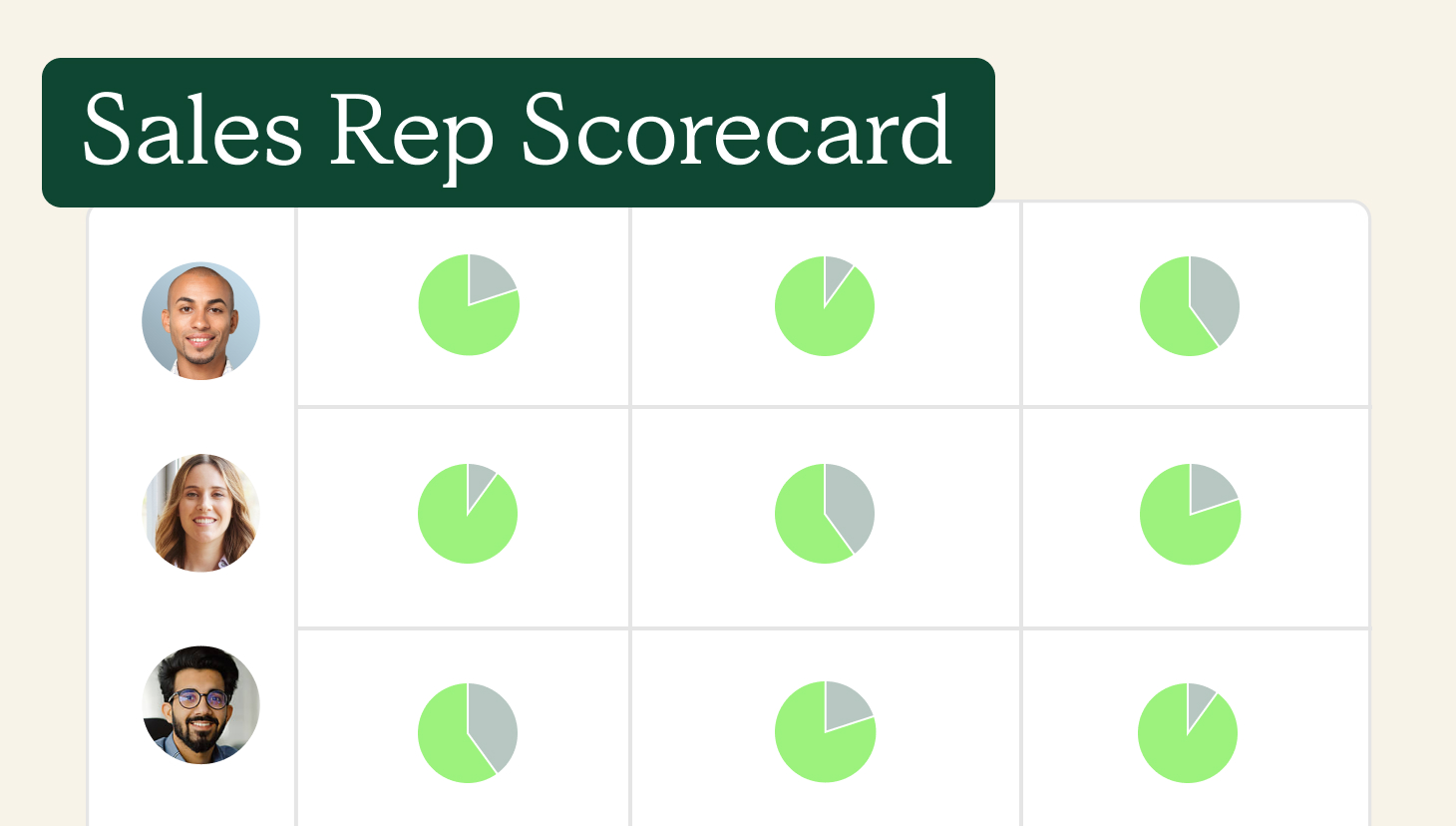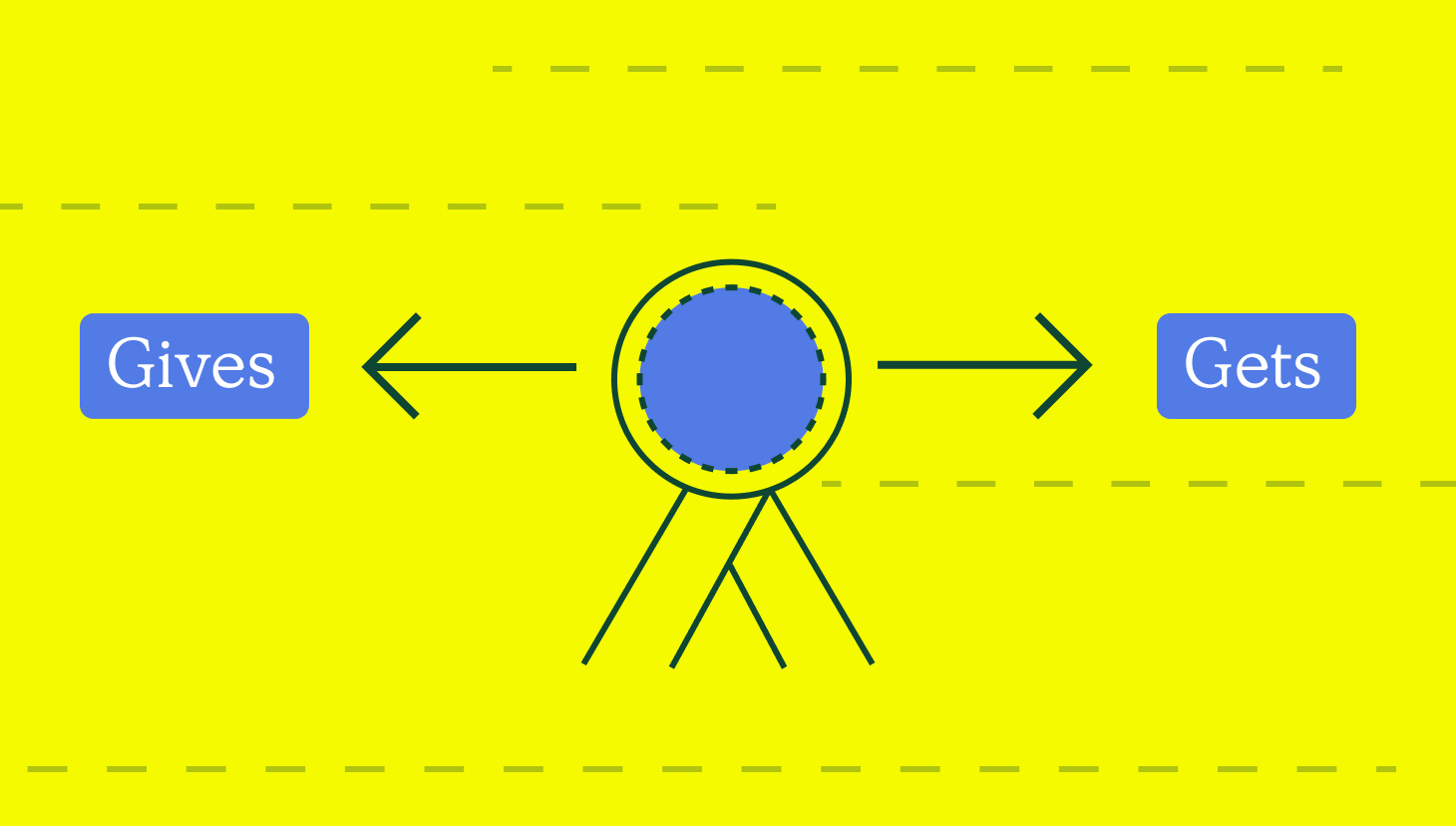This is a guest blog written by SetSail CMO Peter Mollins.
It’s impossible to lead a high-performance team without trust.
And to build trust, you need transparency – openness, honesty, and two-way communication.
Transparency is one of the most critical factors employees consider when assessing whether they should stay at a job, or take a job, to begin with.
Why is transparency important for sales teams?
According to the Society for Human Resources Management, one out of five workers said they can’t always trust what their supervisor tells them.
Another study showed people who believe their leaders are transparent feel nearly four times as high a sense of belonging with their teams and report more than six times as high satisfaction with their work environment.
It’s not just about keeping your sales team happy – it’s about creating a place they feel they can do their best work. Companies with engaged employees are 23% more profitable.
So many leaders talk about transparency, but how do you put it into practice as a revenue leader?
It starts with thinking about transparency as a behavior, not just a value. Here are six actionable ways to inject a healthy dose of transparency into your sales enablement strategy:
Create Compensation Plans with confidence
RevOps, sales leaders, and finance teams use our free tool to ensure reps’ on-target earnings and quotas line up with industry standards. Customize plans with accelerators, bonuses, and more, by adjusting 9 variables.
Build a Comp PlanHow do you build transparency in a sales team?
- Show the whole sales team what the high performers do
- Show every sales rep how they measure up
- Don’t make sales compensation and commission a secret
- Help your team learn from losses – not just wins
- Make it easy to ask questions and get answers
- Communicate clear expectations from every coaching interaction
#1: Show the whole sales team what the high performers do
The high performers aren’t just arbitrary favorites. They’re on the top of the sales leaderboards for a reason.
They do the right actions at the right times and achieve revenue outcomes.
In large sales teams, the average performing rep likely has the drive to get better – they may simply not know what to do. They probably don’t have visibility into the high performer’s process. But by providing transparency into top-performing actions and empowering your middle performers to raise the bar, you’ll have a huge impact on the bottom line.
How your top reps close revenue shouldn’t be a secret. It’s critical to centralize your sales activity data, study what’s working, and give your entire team a transparent view of what they should be doing to hit their targets.
#2: Show every sales rep how they measure up
Every rep should know where they fall on the performance scale – and why.
That’s how you can get every rep thinking about what they need to change in order to rise in the ranks.
Your goal should be to show each rep where they stand today, and pair it with information on how they can do more of the right things – not just “more” in general. It’s not an email-sending competition – it’s a revenue-closing competition.

#3: Don’t make sales compensation and commission a secret
Make it easier for your reps to calculate how winning will affect their paycheck.
When they can quickly pull up a dashboard that shows how the latest deal impacts their commission, you’re giving them a new level of insight into what’s possible.
They can track deals in the pipeline and instantly see what it could translate to for them – plus see how their quota is projected compared to others.
According to Visier’s Pay Transparency report, 79% of all survey respondents want some form of company-wide pay transparency. In fact, 68% of employees would switch jobs for greater pay transparency, even if compensation was the same.
While sales teams have typically had a higher level of pay transparency than other parts of an organization, making compensation easy to view and understand is a major way to build trust.
Try QuotaPath for free
Try the most collaborative solution to manage, track and payout variable compensation. Calculate commissions and pay your team accurately, and on time.
Start Trial#4: Help your team learn from losses – not just wins
As a revenue leader, it’s tempting to drill down into the details of every big win. After all, it’s a major high point when someone on your team reels in a huge deal.
About 41% of sales teams reported their win rate was between 1-40% in 2022.
That means if you only focus on your wins, you’re missing out on 60% or more of your sales data. And this data could tell you a lot about how to get better.
Questions you can ask:
- Is there anything we can do now to help us close this deal in the future?
- What could we have done differently in each step of the process?
- If we lost to a competitor, what did they offer that we didn’t or couldn’t?
Here’s the most important part of all: empower your reps to come up with real answers to these questions, and reward them with positive feedback when they do.
A high-level, “we’ll get ‘em next time!” isn’t going to help you be more effective. What you want is a substantive perspective from your reps and an accurate analysis of your data.
By getting to this level of transparency about your losses, you’re encouraging your team to focus on what you can control to get better results.
#5: Make it easy to ask questions and get answers
Transparency doesn’t have to be complex – it’s as simple as giving every individual a sensible, safe way to ask questions, and making information easily accessible.
One in five sales reps believes they don’t have the right resources to keep their sales process on track. So just making sure your reps don’t feel this way can go a long way.
And transparency needs to go both ways. Allow your reps to provide feedback or inquire about a topic. Then immediately supplying helpful answers. That’s how you maintain the trust you’ve built and keep motivation high.
#6: Communicate clear expectations from every coaching interaction
Fifty-nine percent of companies say the biggest barrier to effective sales training is reps not being held accountable for applying the skills they’ve learned.
Don’t let this hold your organization back. It’s up to you as a revenue leader to set clear expectations on how you want your sales team to implement the techniques you’ve shared.
Be 100 percent transparent with the changes you expect, and what you want your reps to do with the information.
Get a transparent view of your sales activity data
Are you able to track who’s doing what, and report on it accurately? Use SetSail to connect your entire go-to-market tech stack and automatically update your CRM with complete, accurate sales activity data.
It’s the starting point for insights into what’s working in your sales process – insights you’ll want to share with your team. Get a quick demo to see if SetSail is a good fit for your revenue operations workflow.
Peter Mollins Bio
Peter Mollins is CMO of SetSail. With over 20 years of B2B marketing experience in Europe and North America, Peter has helped fast-growth companies like iMediation, KnowledgeTree, and Spreedly expand their revenue and market leadership. He previously led product marketing for the Borland portfolio at Micro Focus and began his career with Netscape in Paris. He holds a master’s in international management from Thunderbird.



